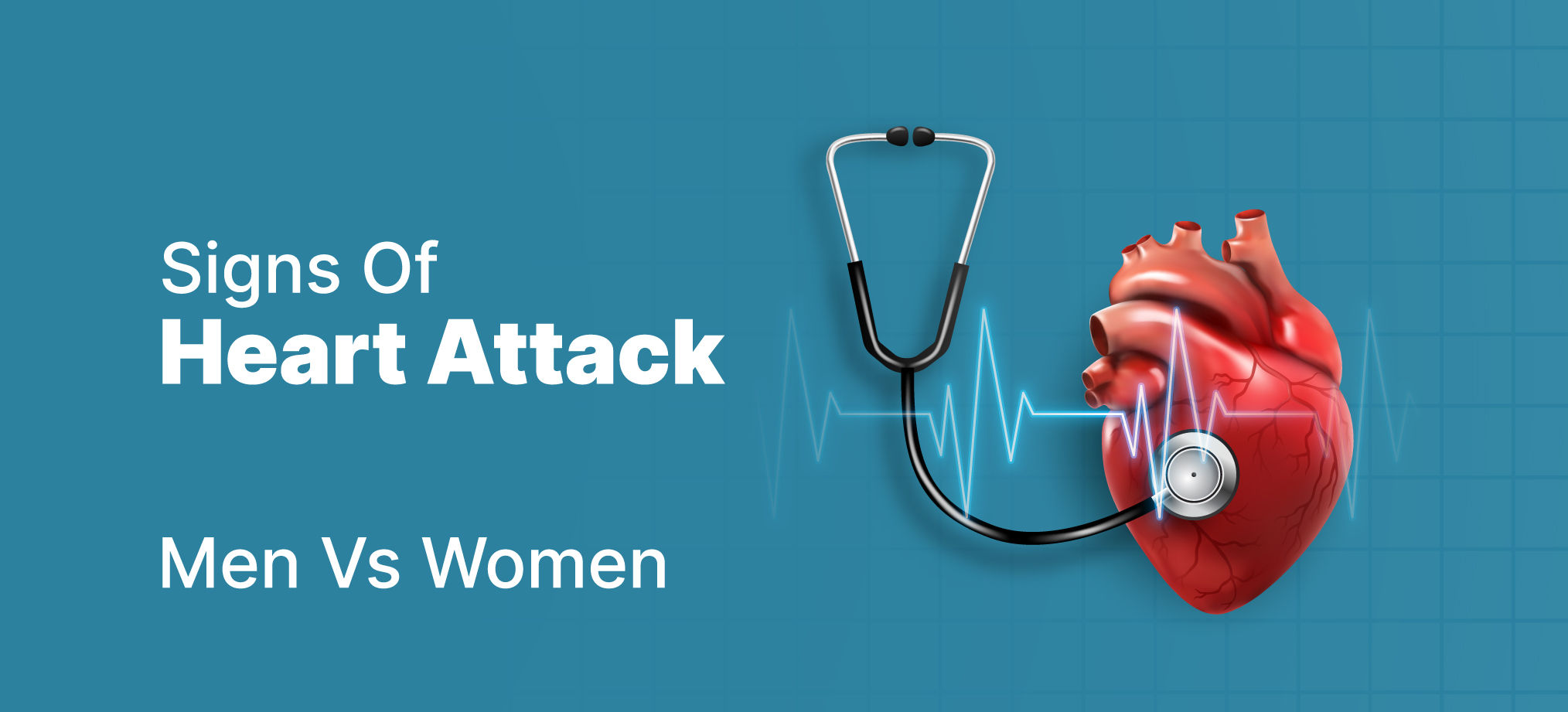Heart Conditions
6 Eating Tips for Better Heart-health
5 min read
By Apollo 24/7, Published on - 05 October 2020, Updated on - 29 May 2023
Share this article
4
46 likes

According to the World Health Organization (WHO), cardiovascular diseases (CVD), which includes heart conditions, are the major cause of death globally. The CVDs responsible for most deaths are heart attacks and strokes. This fact may be alarming but the silver lining is that by consuming a heart-healthy diet, these diseases can be kept at bay. A healthy diet can lower the risk of heart disease and stroke by:
- Improving the high-density lipoprotein (HDL) or good cholesterol level
- Reducing elevated blood pressure (BP)
- Managing body weight or body mass index (BMI)
- Controlling the level of blood sugar
In this article, we will discuss ideas for a heart-healthy diet, and also a few dietary plans which can reduce the risk of heart diseases.
6 tips for a heart-healthy diet
A heart-healthy diet is one with limited intake of salt, sugar, foods cooked in saturated/trans-fat, red meat and increased consumption of vegetables, fruit, wholegrains, and protein-rich foods such as eggs, poultry, etc.
Let us now look at some tips to get you started on a heart-healthy diet:
- Include healthy fats/oils and limit saturated/trans fats
- Limit intake of sodium and added sugar
- Filling half of the plate with fruits and vegetables
- Include more protein-rich foods
- Opt for low-fat dairy products
- Include more whole grains
Whole wheat, oatmeal, whole oats, brown rice, whole grain corn, millet, popcorn, and whole-grain barley are some of the common healthy whole grain foods. Refined grains retain some of the vitamins (like B1, B2, B3, and B9) and minerals (like iron, magnesium, and selenium) but lack heart-healthy fibre content. Researchers have suggested that dietary fibre improves blood cholesterol levels and lowers the risk of heart disease, stroke, obesity, and even type 2 diabetes.
DASH and Mediterranean diet patterns
These are two popular dietary patterns (not structured diets) that have been recommended by experts and health organizations, since they are known to prevent or reduce the risk of heart diseases. For several years now, the Mediterranean and DASH diets have been ranked as the top 2 in the reputed ‘U.S. News and World Report annual ranking of best diets’.
DASH diet: DASH diet, or “Dietary approaches to stop hypertension” is a diet recommended to prevent high blood pressure (hypertension). It emphasizes on the consumption of whole grains, fruits, veggies, lean protein, low-fat dairy products, and fibre. DASH also discourages foods that are high in saturated fat, such as fatty meats, full-fat dairy foods and tropical oils, as well as sugar-sweetened beverages and sweets. Following DASH means limiting sodium at 2,300 mg a day, and eventually lowered to about 1,500 mg.
Mediterranean diet: This dietary pattern emphasizes plenty of fruits, vegetables, bread and other grains, potatoes, beans, nuts and seeds; olive oil as a primary fat source; and dairy products, eggs, fish and poultry in low to moderate amounts. Fish and poultry are more common than red meat in this diet. It also centres on minimally processed, plant-based foods. Wine may be consumed in low to moderate amounts, usually with meals. Fruit is a common dessert instead of processed sweets.
Conclusion
As per the Centres for Disease Control and Prevention (CDC), choosing a healthy diet, maintaining an optimal weight, doing regular physical exercise, and quitting smoking can significantly reduce the risk heart diseases. Following a heart-healthy diet does not mean making extreme choices and taking to various fads. Starting with small, sustainable changes in your eating habits can go a long way in ensuring you can eat your favourite foods and still be healthy. If you have more questions on which foods are best for your heart health, a cardiologist and dietitian is just an appointment away!
Heart Conditions
Leave Comment
Recommended for you

Heart Conditions
7-Day Diet to Lower Triglycerides Naturally
Triglycerides are fat that the body stores and uses for energy. Elevated levels of triglycerides can increase the risk of various health problems. This comprehensive article provides insights into triglycerides, diet types, and a 7-day meal plan designed to promote overall health and well-being.

Heart Conditions
Do You Know Men & Women Display Different Symptoms To These 6 Cardiovascular Diseases?
This article highlights the common symptoms of six heart diseases in men and women. According to various reports, the most common symptoms in each of these conditions may vary between men and women over time.

Heart Conditions
7 Signs Of Heart Disease That Appear On The Skin
Heart disease is not a disorder that occurs suddenly. It tends to build itself over months and years. During this time your skin might show signs and symptoms of an underlying heart condition. You mustn't take these signals lightly and seek immediate medical care.
Subscribe
Sign up for our free Health Library Daily Newsletter
Get doctor-approved health tips, news, and more.
Visual Stories

7 Tips to Manage Hypertension
Tap to continue exploring
Recommended for you

Heart Conditions
7-Day Diet to Lower Triglycerides Naturally
Triglycerides are fat that the body stores and uses for energy. Elevated levels of triglycerides can increase the risk of various health problems. This comprehensive article provides insights into triglycerides, diet types, and a 7-day meal plan designed to promote overall health and well-being.

Heart Conditions
Do You Know Men & Women Display Different Symptoms To These 6 Cardiovascular Diseases?
This article highlights the common symptoms of six heart diseases in men and women. According to various reports, the most common symptoms in each of these conditions may vary between men and women over time.

Heart Conditions
7 Signs Of Heart Disease That Appear On The Skin
Heart disease is not a disorder that occurs suddenly. It tends to build itself over months and years. During this time your skin might show signs and symptoms of an underlying heart condition. You mustn't take these signals lightly and seek immediate medical care.